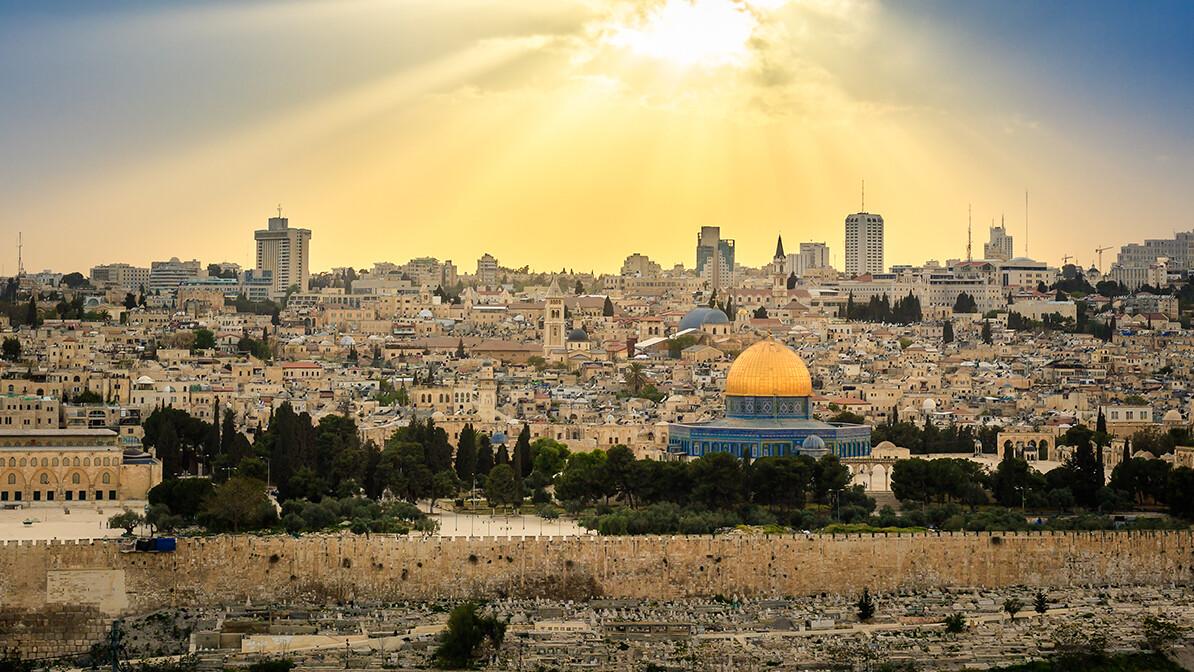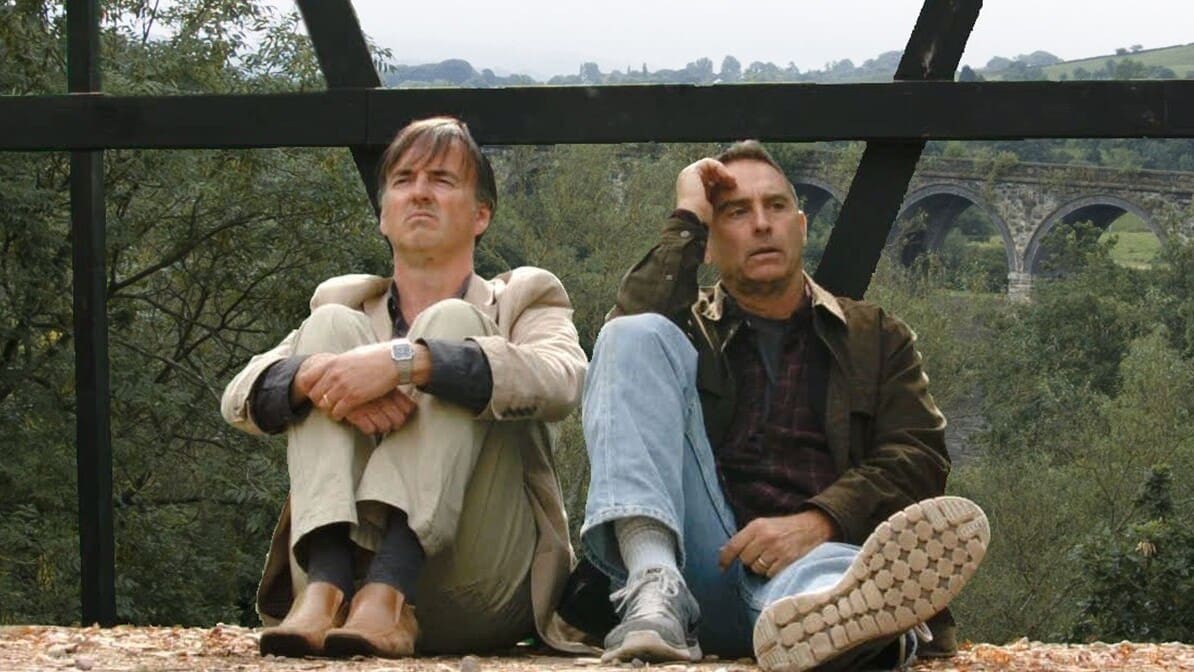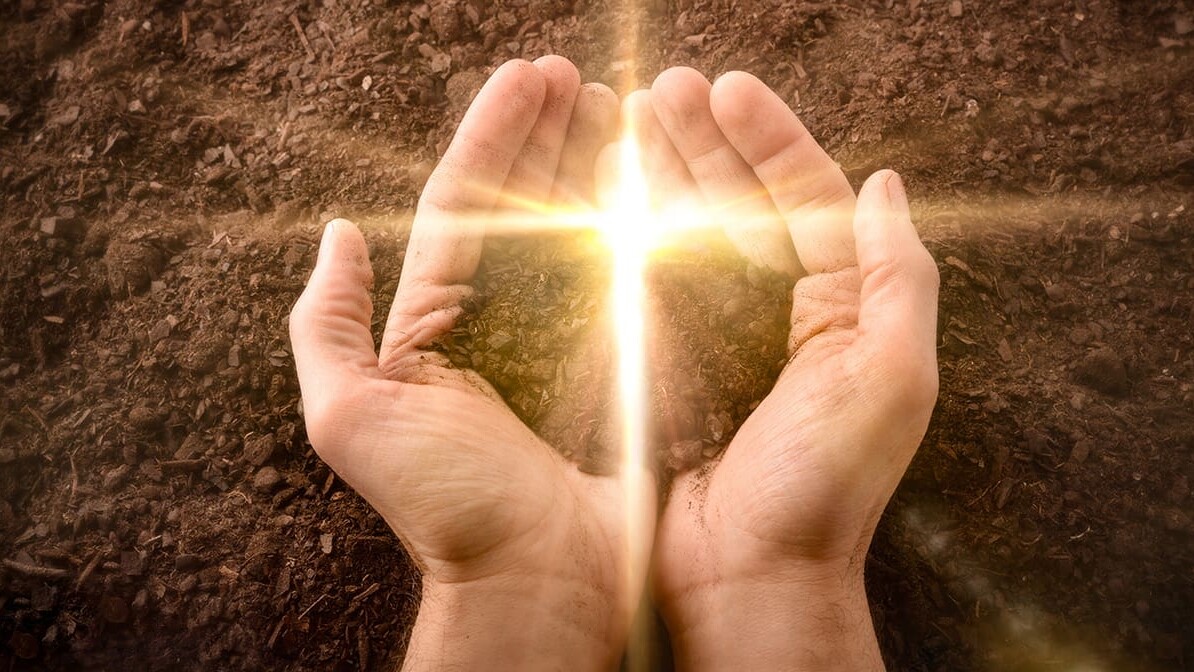- Home
- Entertainment
- Jerusalem Rising: Modern Photos Show Prophecy Fulfilled

Jerusalem Rising: Modern Photos Show Prophecy Fulfilled
CVB: You and I had a conversation about your first book, Israel Rising, which was quite popular. What prompted to you to focus in on the city of Jerusalem for this new book?
Doug Hershey: One of the portions of Israel Rising began stirring my heart to come back to Jerusalem to really focus on that city. We had a lot of these old aerial photos of Jerusalem. It turned out to be one of the coolest things I’ve ever done. We chartered a helicopter for three hours to match as close as we could the aerial photography over Jerusalem, Tel Aviv, and then up to the Galilee. We hit Jerusalem right about sunset and so a lot of the aerial photos in Israel Rising over Jerusalem are from this exact time. As we flew over Jerusalem, we could see the Old City, the Kidron Valley, the Temple Mount, and the Mount of olives. Everything is so packed in tightly there and I began to have a stirring in my heart. The city is so significant and here it was laying right below me. I decided I would come back to do one particular project just focused just on Jerusalem.
Jerusalem is a unique city in the earth, not only in history, but throughout the Scriptures. That’s really where it began. I thought, “If we’re focusing on Jerusalem, I can’t just get old photos. I want the oldest photos that I can possibly find.” So that’s how it all began.
CVB: One of the things that was really striking in this book were the photos going all the way back to 1844. How did you find these?
Doug: Some of them were a little easier than I expected. There’s an amazing time capsule type of story around these photos from 1844. They didn’t come into public view until 2014 when the Smithsonian published them for the first time. So some of them were just simply found online. I printed a couple of them in Israel Rising, so I knew that they were around. But the Internet is an amazing thing and a lot of them were found by Googling a lot of old photos. I also did a lot of searches through the Library of Congress, looking at specific time periods.
I actually spent a little bit of time studying the history of photography and how it grew, starting in the early 1840s and into 1870s. That whole area of the Levant, the biblical lands of Egypt and Syria, and the present-day countries of Jordan, Syria, and Israel were almost like the wild west. That was where a lot of early adventurous photographers, painters, or artists would go to capture these images that only people have read about but had never really seen. So I began collecting these old photos of the city.
I have a little bit of an advantage, I suppose, since I spend about half of the year in Israel (pre-COVID). The other half of the year I spend in New England. So I already knew Jerusalem pretty well. So when I looked at these old photos, if I didn’t know the exact spot, I knew the general area. By looking at the old photos while doing the research, I could see that one spot would be awesome for photography, whereas another one might not communicate as well. Or I would say, “I know exactly where that is,” or “Man, that’s so much different than it is now.”
The work I did on Israel Rising gave me an advantage on that as well, because I knew what I was looking for. I knew the city and the perspectives I wanted to capture.
CVB: It was pretty fascinating to see some places where the modern engineering really changed the city – especially with regard to the roads. In the book you show the photos of the old donkey path that’s going down the side of the hill, but next to it you show the modern street or highway. Did that strike you as you were going through this process?
Doug: Of course. These are literally ancient paths that people would use to go up to Jerusalem. If you read the Bible, and you are not as familiar with the actual landscape of the Holy Land, Jerusalem is one of the highest elevations in Israel. So, when the Bible talks about going “up to Jerusalem,” it’s because you literally go up – it’s one of the higher elevations. These are literally ancient pathways that pilgrims or visitors or locals would take in and out of the city. They’ve since been turned into roads.
There is one particular shot on the Southwest side towards the Jaffa Gate where there’s sort of like this snake path that goes over the Ben Hinnom Valley. In the old photo it looks more like a donkey path. Then the new photo is a street with buses, and flags, people, and bicycles. So you’re absolutely right. These modern roads and modern transportation were built on walkways or donkey paths that have been used by people for thousands of years to go up to Jerusalem.
CVB: It was really striking. There are a lot of books out there that are kind of a “then and now” picture book, but Jerusalem Rising is different. What would you say makes it unique from just another coffee table, picture book?
Doug: First of all, the city of Jerusalem is different than any other city on earth. There is no other city like it in human record that had its history foretold from its destruction, to its desolation, to its revival as a significant player on the world stage – and eventually becoming a seat of power for a Jewish Messiah. So that makes it unique.
Jerusalem itself, is one of two cities where, in the Bible, God said He’s placed his name forever. He says that He’s chosen Jerusalem to dwell there. We’re told to pray for the peace of Jerusalem (Psalm 122:6). He says, “I’m returning to Zion. I’m returning to Jerusalem to dwell with my people.” There’s no other city on earth that the Creator of Genesis One says, “I love this city and this is where I want to live.”
What makes Jerusalem Rising unique as a photo book is that it’s part of what I’m calling the “Ancient Prophecy Modern Lens Series.” It’s a visual documentation of ancient prophesy captured through a modern lens. We’re highlighting prophecies: in Israel Rising it is Ezekiel 36; in Jerusalem Rising it’s Zachariah 8.
Zachariah 8 starts with God saying, “I’m going to return to Jerusalem to dwell with my people.” It mentions a couple of different places that old men and old women will dwell in safety, leaning on their canes. The children will be playing in the streets again in safety and security. The nations will flood to Jerusalem. In no other time throughout history, has the city of Jerusalem has enjoyed such a time of peace as what’s happening right now.
When I take groups to Israel, it’s one of the things we talk about because there are again, children playing in the streets and they’re old men and old women in safety, leaning on their canes in a way that the city really hasn’t seen for the last 1,900 years. Jerusalem has been conquered and reconquered, and the city has been attacked more than 70 times. It has changed hands 40 times. It’s been completely leveled at least twice, yet it never becomes a capital city for anyone else other than the Jewish people.
Jerusalem never becomes part of any type of homeland for any other indigenous people, other than the Jewish people. In our Bibles, we have these prophetic words from Zachariah and a few other places where God says, “I’m going to return to the city. There’s going to be life. It’s going to be restored and the nations are going to start flooding to it.
In Zachariah eight, that prophecy is talking about the nations flooding to meet with the Lord in Jerusalem. But in a way this is already happening. It’s undeniable that pre-COVID, 2019 had the largest amount of tourism to Israel ever at 4.5 million people. All of those visitors were going to Jerusalem from all the nations. So quite literally, the nations are flooding to Jerusalem. I wanted to document that process.
CVB: In the mid-Nineteenth Century, people from the west like Mark Twain and Herman Melville went to Jerusalem and they said it was a barren wasteland. Melville noted in his journal: “In the emptiness of the lifeless antiquity of Jerusalem, the migrant Jews are like flies that have taken up their abode in a skull.” It’s an amazing quote, especially in light of how your book documents all the changes that have taken place over the past 150 years. What are some of the most interesting changes to Jerusalem that you have seen in the midst of doing this project?
Doug: It is the overall restoration of the city of Jerusalem. You mentioned Mark Twain? One of his quotes about Jerusalem in 1867 was that it was “dreary and desolate, and I wouldn’t want to live here.” In Jerusalem Rising, we have photos from 1840s, 50s and 60s – the 20 years before Mark Twain’s visit – and you can see for yourself that he’s not exaggerating. What’s amazing about that is that today, Jerusalem has become one of the people’s major bucket lists for travel. Today, you’ve got to go to Jerusalem. You’ve got to see it. You’ve got to experience it.
It’s almost like you have to ask what hasn’t been restored – the roads, the traffic, the people, the buildings – and the Jewish people are flooding home to their capital city for the first time in thousands of years. There are amazing restaurants, and coffee shops, and other cool things that are popping up all through Jerusalem.
It’s one thing to show some “then and now” photography, but every city looks better now than it did a hundred years ago. It’s not about comparing or asking “is this newer, or does this look better?” What it comes down to is that there is that there is no other city that said that this very thing would happen. There are no other ancient writings that said this very thing would happen to an ancient city except Jerusalem. That’s what makes it unique. It’s a city being restored in the exact way that prophets in the Bible said it would happen 2,600 years ago.
To be able to document those changes, whether it be restoration of old stonework, or the roadways, or whatever, all of those are just striking changes.
…
Order your copy of Jerusalem Rising: The City of Peace Reawakens by Doug Hershey
Trending Now
Sign up today for your Inspiration Today Daily Newsletter
Supercharge your faith and ignite your spirit. Find hope in God’s word. Receive your Inspiration Today newsletter now!
Dr. Craig von Buseck
Dr. Craig von Buseck is an award-winning author. Learn more at vonbuseck.com
Related Articles
April 18, 2024
Movie Review: Grace and Gravity
According to a report published by the Centers for Disease Control and Prevention (CDC) and posted…
April 16, 2024
‘It Is Well with My Soul’
“It Is Well With My Soul” is a hymn that may bring peace and comfort when considering the peace…
Next Steps To Strengthen Your Walk
Submit A Prayer Request
We are here for you. Simply click on the button below to reach us by form, email or phone. Together we will lift our hearts and voices with you in prayer.
Partner WIth Us
Sow a seed of faith today! Your generous gift will help us impact others for Christ through our global salvation outreach and other faith based initiatives.
Inspiration TV
Watch Christian content from your favorite pastors, christian movies, TV shows and more.






